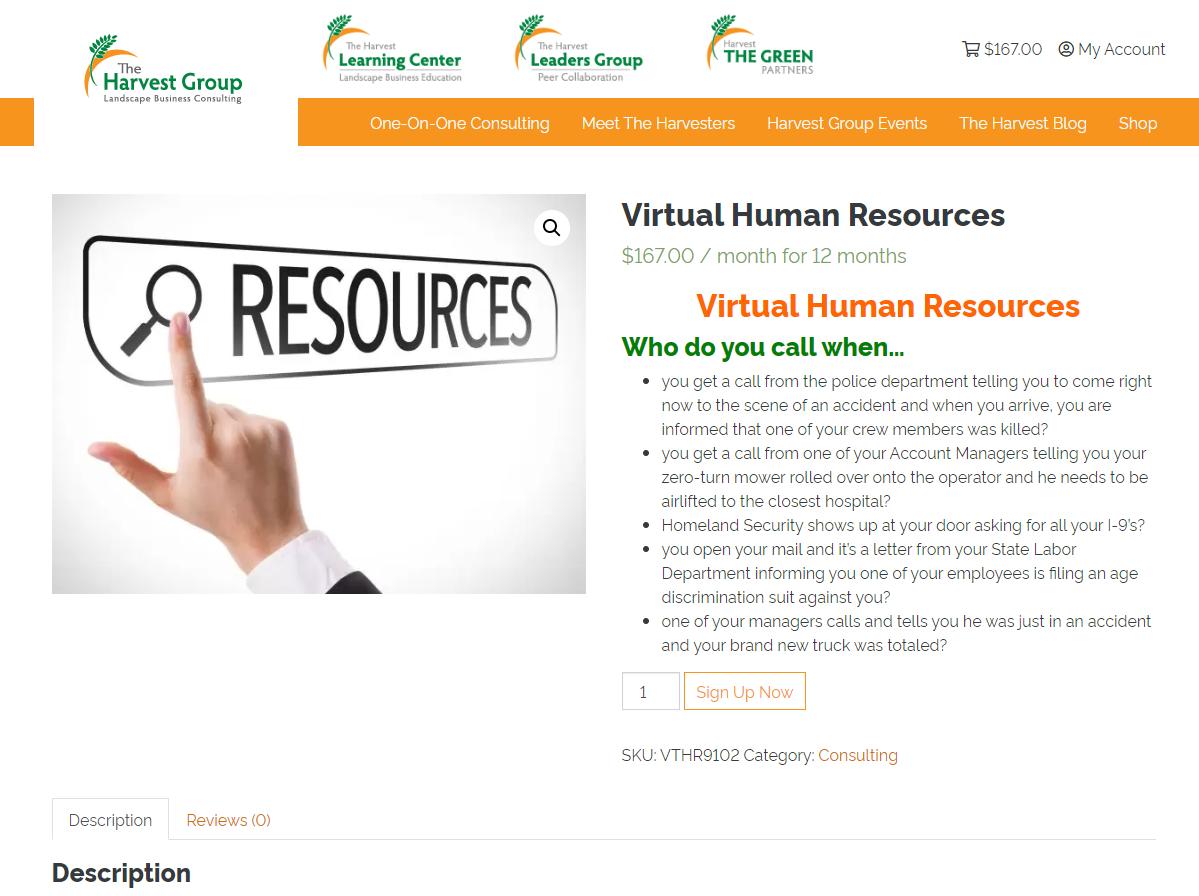
FOUR-STEP INTERACTIVE PROCESS
Steven Cesare, Ph.D.
I was recently contacted by an Office Manager from a company in Georgia to discuss an apparent workers’ compensation issue. The Office Manager informed me about an employee who had begun to complain about body pain that was affecting his job performance. After repeated complaints, the Office Manager sent the employee to the approved MPN clinic for a physical assessment. The physician at the clinic ruled out a workers’ compensation injury and made a referral to the local hospital for additional testing. Test results showed the employee was suffering from Multiple Sclerosis. The Office Manager asked me to provide guidance regarding this unique situation.
I explained to the Office Manager, that this issue was not covered by workers’ compensation, but rather under the auspice of the Americans with Disabilities Act (ADA). Per the ADA, employers are required to engage in the Four-Step Interactive Process as the good-faith problem-solving method to identify potential reasonable accommodations that may help a disabled employee perform the essential functions of his/her job. Failure to engage in the process can quickly become evidence of potential discrimination against employees who have disabilities.
As outlined by the Equal Employment Opportunity Commission, the Four-Step Interactive Process is as follows:
- Analyze the particular job involved and determine its purpose and essential functions. This first step usually involves a review of the person’s job description and visual inspection of the job itself to accurately identify the “essential functions” of the employee’s position.
- Consult with the individual with the disability to ascertain the precise job-related limitations imposed by the individual’s disability and how those limitations could be overcome with a reasonable accommodation. In this step, each essential function is discussed to determine the degree to which its successful completion can be performed in light of the manifest disability.
- In consultation with the individual to be accommodated, identify potential accommodations and assess the effectiveness each would have in enabling the individual to perform the essential functions of the position. This step engages in collaborative brainstorming between the employer and the employee to generate possible modifications to the disabled employee’s job (e.g., ancillary equipment, modified work schedule, relocation), thereby allowing the continuation of effective job performance by the employee.
- Consider the preferences of the individual to be accommodated and select and implement the accommodation that is most appropriate for both the employee and the employer, absent any undue hardship to the company.
With that framework conveyed to the Office Manager, I strongly suggested that she document every aspect of this sequence, desire to work collaboratively with the disabled employee, and be open-minded about unconventional accommodations that heretofore may never have been considered, though upon closer examination are reasonable in their cost, intent, and application.
If you have any questions or comments about this topic or anything else related to human resources, simply call me at (760) 685-3800.
Check Out Harvester Steve Cesare’s
NEW OFFERING!
Harvest Group Partners
Click the icon below to download the Harvest Group Mobile app!
What do you want to learn more about?
The Harvesters want to know what topics you would like to see us discuss. Click below to submit your ideas!





